Abstract to Concrete AI - Transform Abstract Ideas
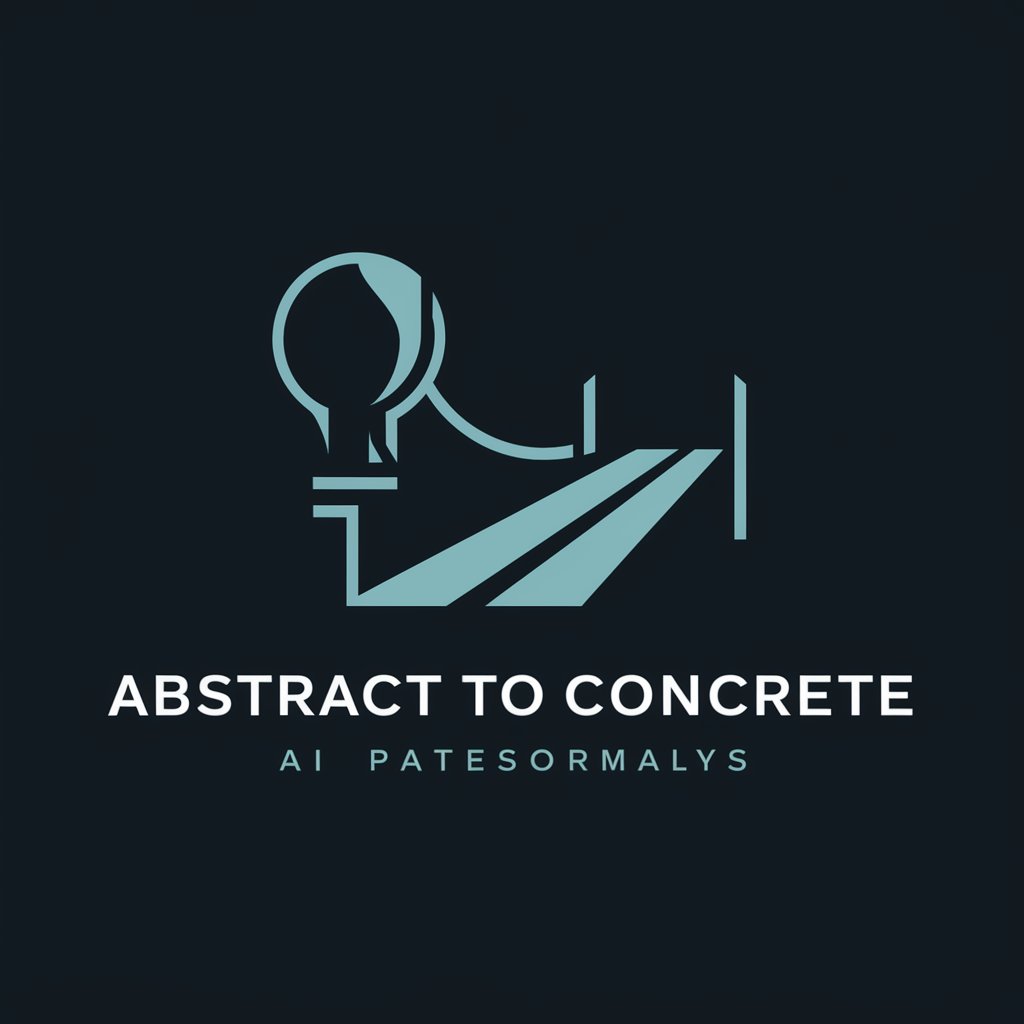
Hello! I'm here to help make abstract concepts clear and concrete.
Making Abstract Concepts Tangible with AI
Explain the concept of...
How does the idea of...translate into concrete terms?
What is a simple way to understand...
Can you provide an analogy for...
Get Embed Code
Understanding Abstract to Concrete AI
Abstract to Concrete AI is designed to transform abstract concepts into concrete terms, making complex ideas more accessible and easier to grasp. By leveraging analogies, visual imagery, and examples, it aids in comprehension and memory retention. For instance, when explaining the concept of quantum computing, Abstract to Concrete AI might compare qubits to the multifaceted positions of a spinning coin in air (representing superposition), rather than the binary state of a coin lying flat. This approach not only simplifies understanding but also enhances the ability to recall and apply the concept in various contexts. Powered by ChatGPT-4o。

Core Functions and Applications
Analogy Development
Example
Comparing the neural networks in AI to the human brain's network of neurons, illustrating how artificial networks mimic cognitive processes.
Scenario
Used in educational settings to demystify complex AI concepts for students.
Visual Imagery Creation
Example
Illustrating the abstract concept of blockchain with a chain of transparent, unbreakable blocks, each representing digital records linked securely.
Scenario
Beneficial for visual learners attempting to grasp the security and transparency principles of blockchain technology.
Memory Palace Integration
Example
Guiding users to visualize a 'palace' where each room or object represents a component of a complex theory, facilitating easier recall.
Scenario
Helpful for professionals and students aiming to remember detailed information for exams or presentations.
Target User Groups
Educators and Students
These users benefit from simplified explanations and visual teaching aids to enhance understanding and retention of abstract concepts, making learning more effective.
Professionals
Individuals in fields like technology, medicine, or engineering, where complex ideas are common, can use these services to better grasp and communicate intricate information.
Creative Thinkers
Writers, artists, and thinkers who seek to incorporate abstract ideas into their work in a tangible, comprehensible way will find these tools particularly useful for inspiration and clarity.

How to Use Abstract to Concrete AI
Start Your Journey
Initiate your exploration by visiting a dedicated platform offering a trial experience without the need for registration or premium subscriptions.
Identify Your Concept
Choose an abstract concept you wish to understand or convey more concretely. This could range from theoretical ideas in science to complex emotions.
Engage with the Tool
Use the interactive interface to input your abstract concept. Provide as much context as you can to help the AI understand your requirements.
Review the Transformation
Examine the analogies, visual imagery, and examples provided by the AI. These concrete representations will help deepen your understanding of the abstract concept.
Apply and Experiment
Integrate these insights into your learning or communication strategies. Experiment with different concepts to fully leverage the tool's capabilities.
Try other advanced and practical GPTs
Deep Explorer
Exploring Knowledge with AI
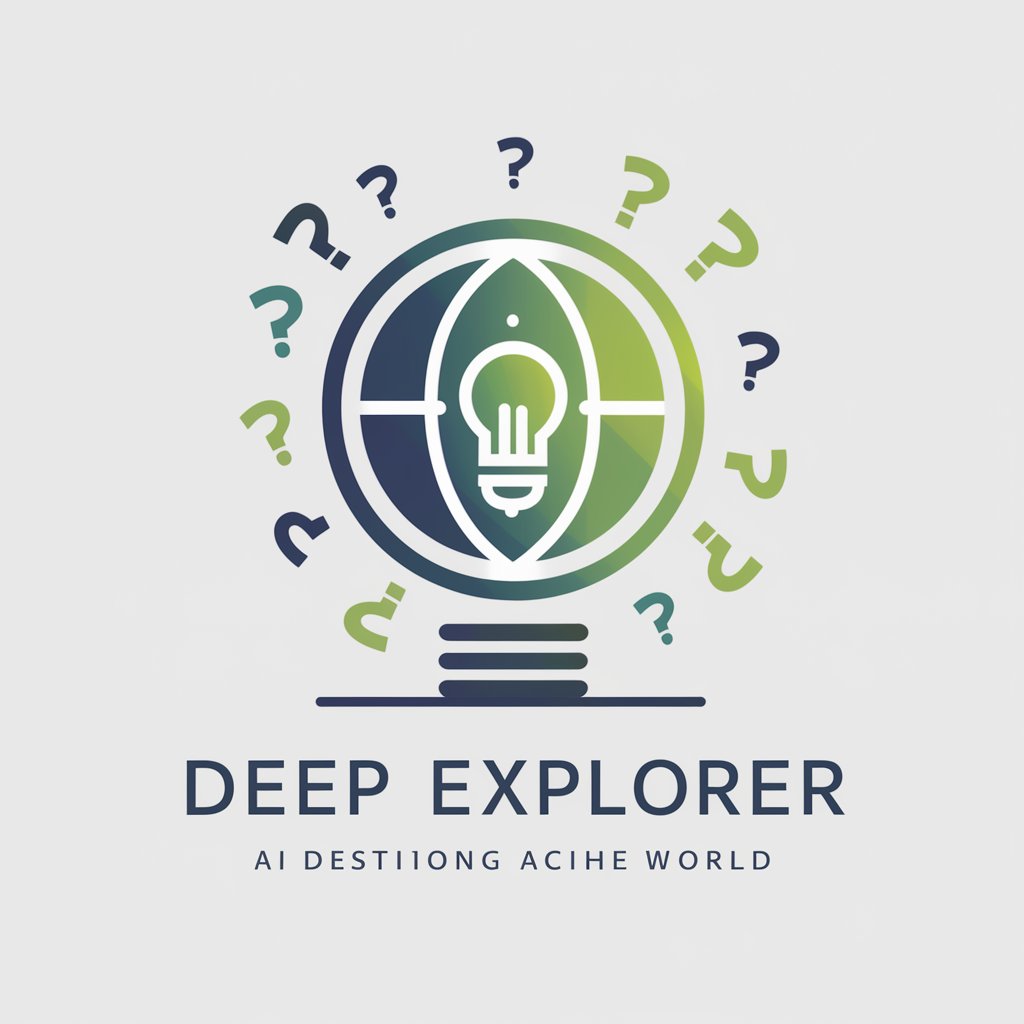
Welke stage past bij mij test
AI-powered personalized internship finder
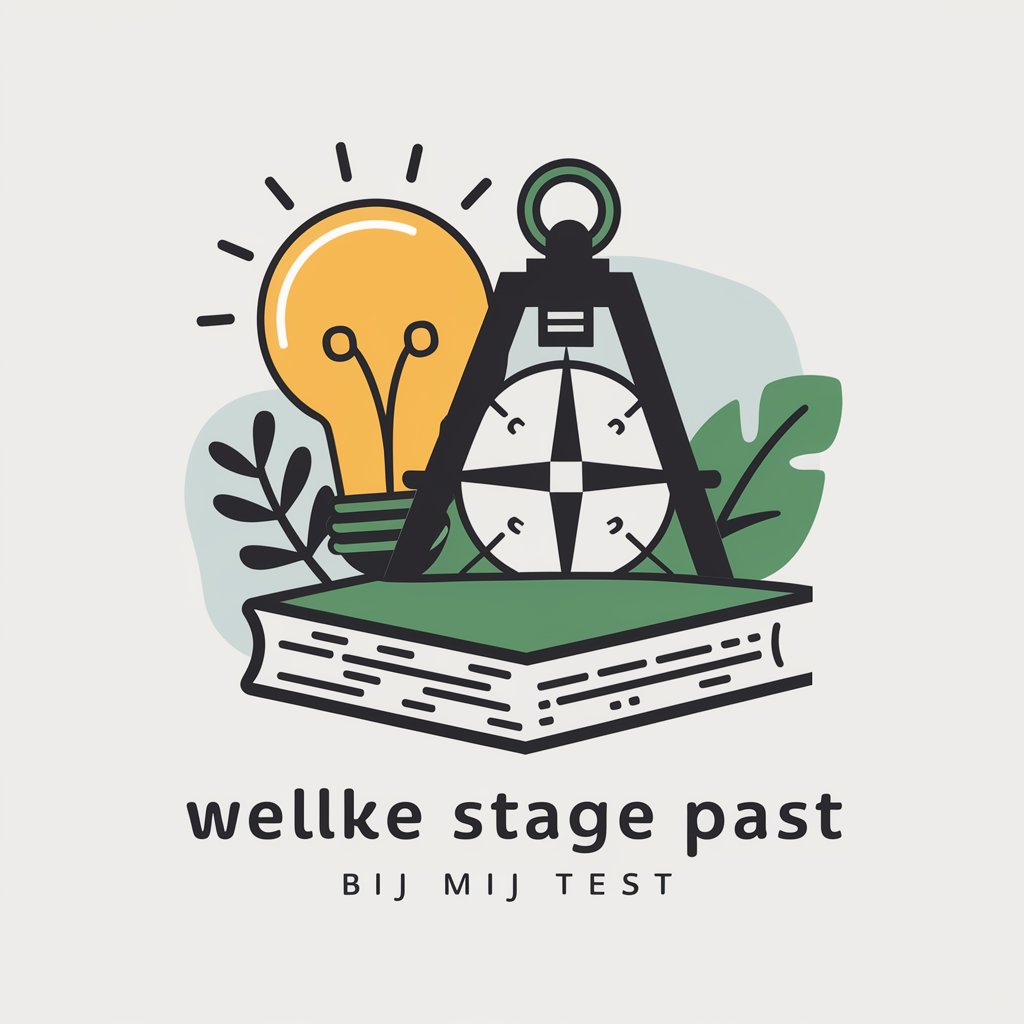
Cart Buddy GPT
Your AI-Powered Shopping Companion
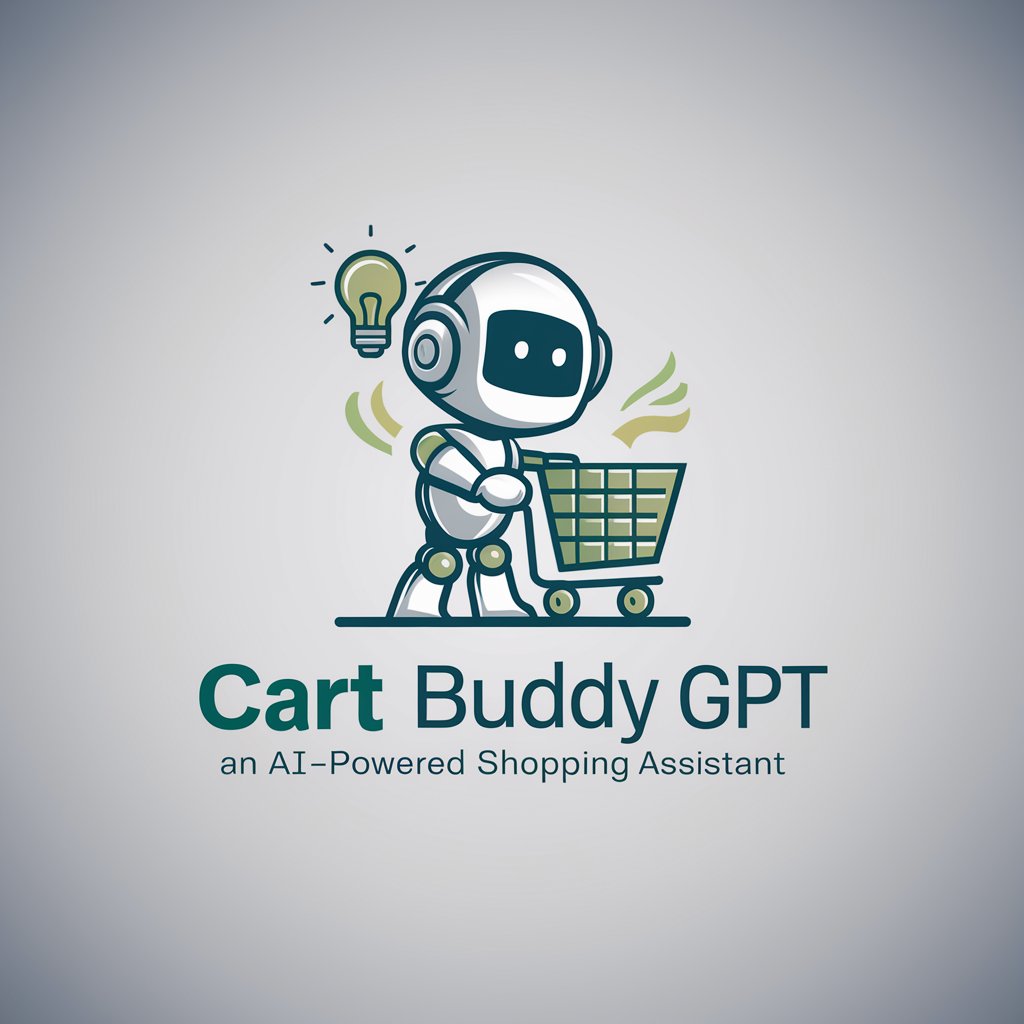
PPT Composer
Crafting Slides with AI Precision
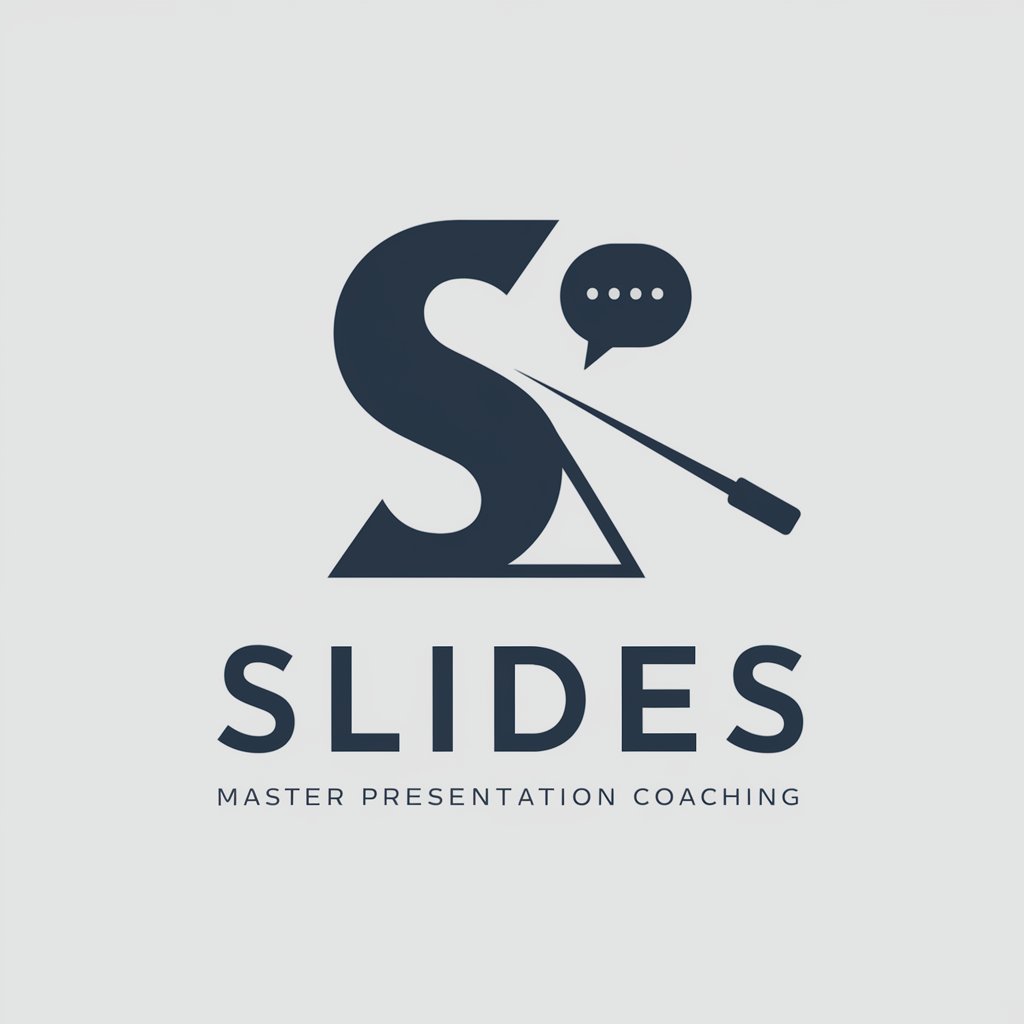
イサベラ In Havana, 1720.(Lite ver)
Step into 1720 Havana with AI

Isabella In Havana, 1720.(Lite ver)
Travel back to 1720 Havana with AI

Holistica
Empowering Competency Development with AI

Concept Explainer
Simplifying concepts with AI power
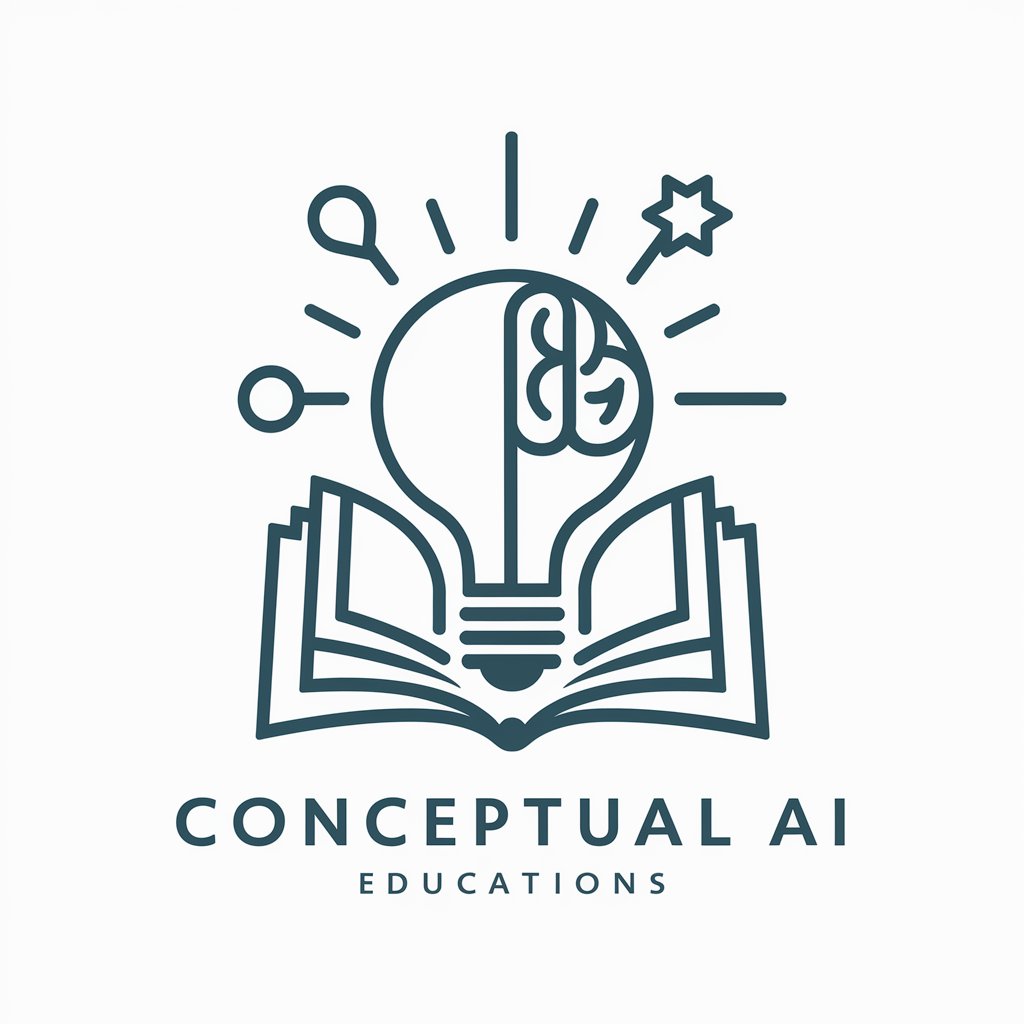
Knowledge Navigator
Navigate Knowledge with AI Power
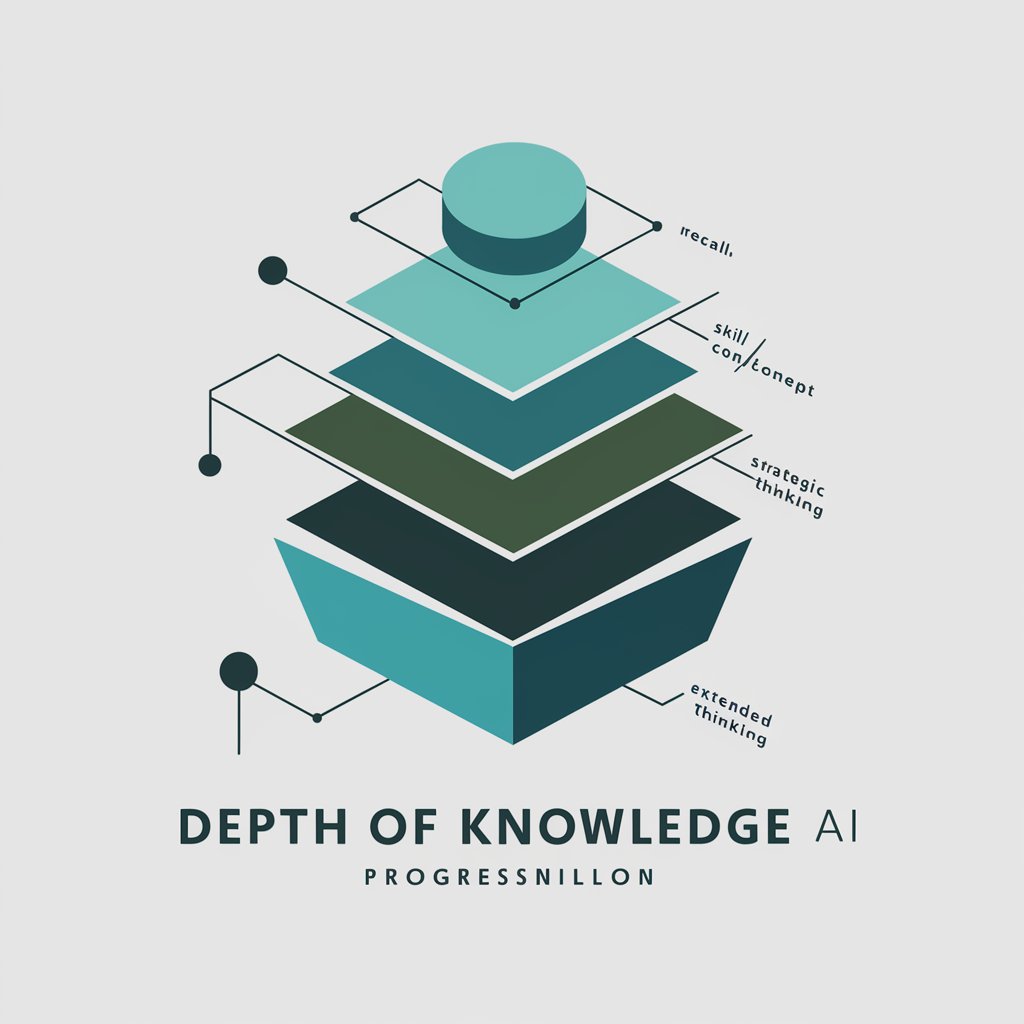
Spiritual Elder
Enlightening Paths in AI Guidance

G Maps Scrapper
Harness AI for Efficient Business Mapping
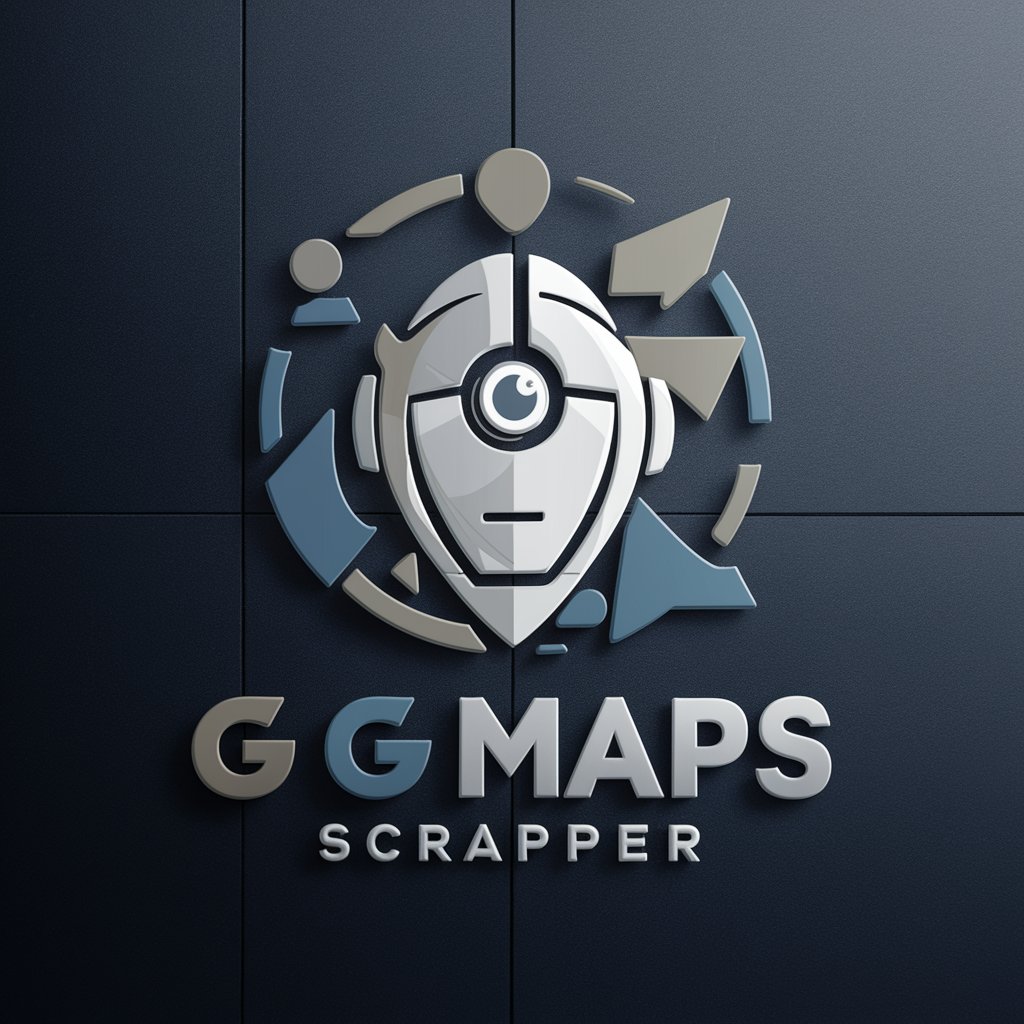
Domain Email Scraper
Uncover Connections with AI-Powered Precision
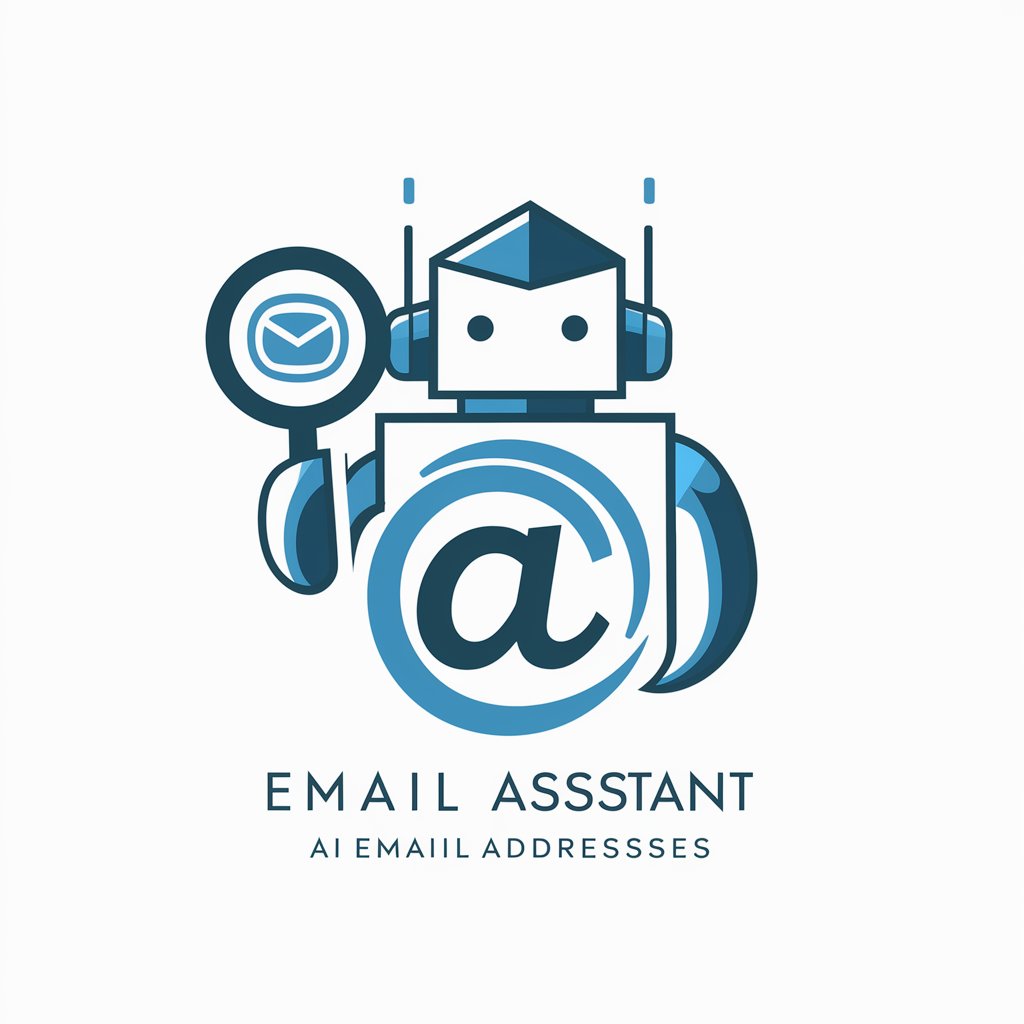
Frequently Asked Questions about Abstract to Concrete AI
What is Abstract to Concrete AI?
Abstract to Concrete AI is a specialized tool designed to transform abstract concepts into tangible, easily understandable forms using analogies, visual imagery, and concrete examples.
Who can benefit from using this tool?
Educators, students, writers, and anyone struggling to grasp or communicate complex ideas can benefit from this tool by making abstract concepts more accessible.
How does Abstract to Concrete AI create analogies?
The AI analyzes the abstract concept provided, then draws upon a vast database of knowledge to generate analogies that link the concept to familiar, concrete experiences.
Can I use this tool for academic purposes?
Absolutely. It's particularly useful for breaking down theoretical concepts into digestible parts, making it easier to write about and understand academic material.
Is there a way to customize the output?
While the tool automatically generates content based on the input concept, users can refine their requests or provide additional context to guide the AI towards more personalized outputs.
